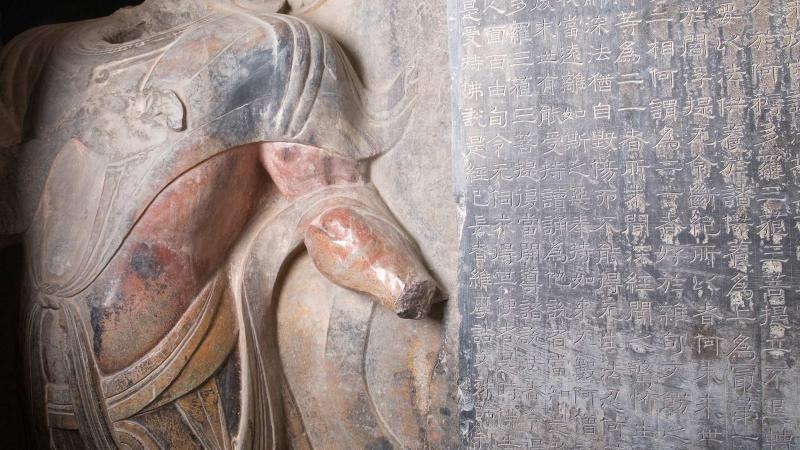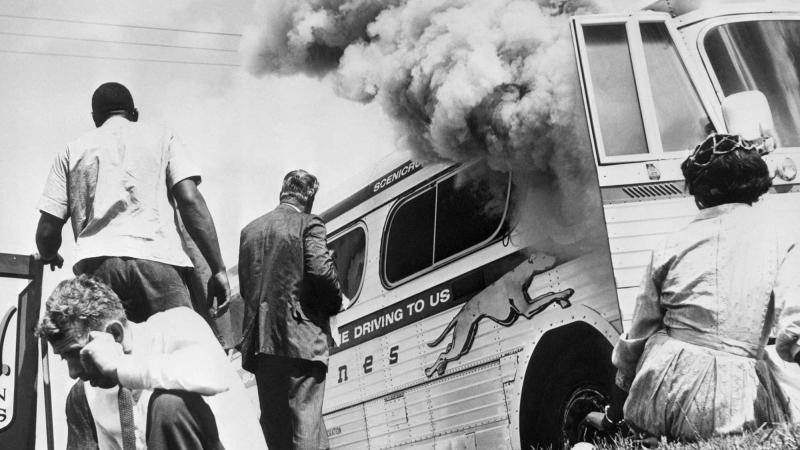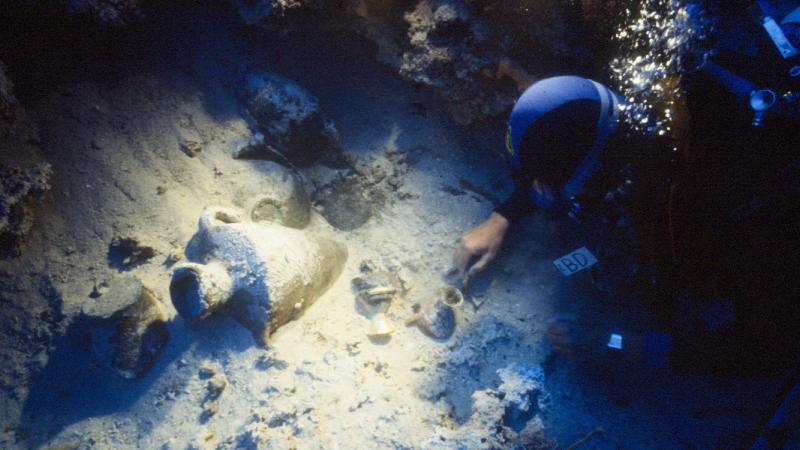When Uncle Tom’s Cabin by Harriet Beecher Stowe was published in 1852, the story of Eliza Harris’s harrowing escape from slavery across the ice floes of the Ohio River had been known for years among Quaker abolitionists in eastern Indiana.
Levi and Catharine Coffin of Newport, Indiana—now Fountain City—had sheltered the real Harris in their house before she journeyed to Canada. Although Levi didn’t publish his account of Harris’s escape until 1876, in his Reminiscences of Levi Coffin, the story had spread to Cincinnati and reached the ears of Stowe, who lived there from 1832 to 1849.
Harris was one of approximately 2,000 slaves whom the Coffins helped escape through Newport—a feat that earned Levi the moniker “President of the Underground Railroad.” In his memoir, Levi told the stories of fugitives he had aided, from when he was a boy in North Carolina to his years as a prominent merchant and banker in the Midwest.
Depicted in Uncle Tom’s Cabin as the home of Simeon and Rachel Halliday, the Coffins’ house was a stop on the Underground Railroad, a system of safe houses and transport for those escaping slavery. The Coffins’ house, now a National Historic Landmark, is on the main street of Fountain City, a tiny blip of a town of about 800 people on the road from Richmond to Winchester, Indiana, just a few miles from the Ohio line. They built the house in 1839 for themselves and their four children, and, it seems, for aiding escaped slaves. As I tour it with my 11-year-old daughter and a dozen others, site administrator Joanna Hahn shows us what made the house a safe haven.
In an upstairs bedroom, a secret door opens onto an attic. Once the door was closed, a bed would be pulled in front of it, making it nearly invisible. The kitchen is located in the basement, where large meals for extra crowds could be prepared day or night without the neighbors noticing. Next to the kitchen is a rarity: an indoor well fed by an underground stream used for the same purpose. “Traditionally in that period of time in Indiana, if people had a summer kitchen it would be a separate building behind the main house,” explains Hahn. “We believe that the thought was that putting it under the home, along with the well, would allow them to operate on a 24/7 schedule. That way, they could do whatever had to be done, cooking meals or supplying people, without there being activity on the main level of the house.”
Sometimes groups of a dozen or more freedom seekers descended on the Coffin house at once. Hahn believes the large attic was probably used to bed these groups, just as Levi described the use of a similar space in his Cincinnati house many years later. In the barn, there’s a wagon with a false bottom, fashioned like the one Levi used for transporting fugitives. In all their years with the Underground Railroad, not a single runaway under the care of the Coffins was ever caught.
Next door to the original house is a 5,000-square-foot interpretive center, with an orientation theater and interactive exhibitions, supported with a $300,000 grant from the National Endowment for the Humanities. It opened in December 2016, and was named by Smithsonian magazine—along with Pompeii, the new MOMA in San Francisco, and other international museums—as one of the 12 new museums to visit in 2016.
Hahn explains there aren’t a lot of objects with which to tell the Underground Railroad story: The museum relies on interactive exhibits, such as listening to a poem of a mother trying to describe what it is like to raise a child in slavery, or experimenting with an interactive map that shows the proximity of Quaker and free black communities in Indiana. My daughter gravitates to an exhibit that allows one to choose among several personas, including a freedom seeker and a conductor, and make choices about where to go, where to hide, when to travel, and whom to trust.
In 2017, the house had more than 12,000 visitors, a quarter of them third and fourth graders from Indiana and Ohio. Hahn describes two things that make the house compelling—first, the house hasn’t changed since it was built 180 years ago, and second, the detailed chronicle left by Levi. “A lot of times when you find historic houses related to slavery, we’re talking about slave owners,” says Hahn. “Here we are talking about someone who was active in fighting that system. Active in breaking the law of that time.” Of course, Hahn estimates that there were hundreds of others in that community who helped Levi and Catharine shelter fugitives. “Unnamed persons, probably mostly black, whose stories we will never know.”
Written by Amy Lifson, Assistant Editor of Humanities.


